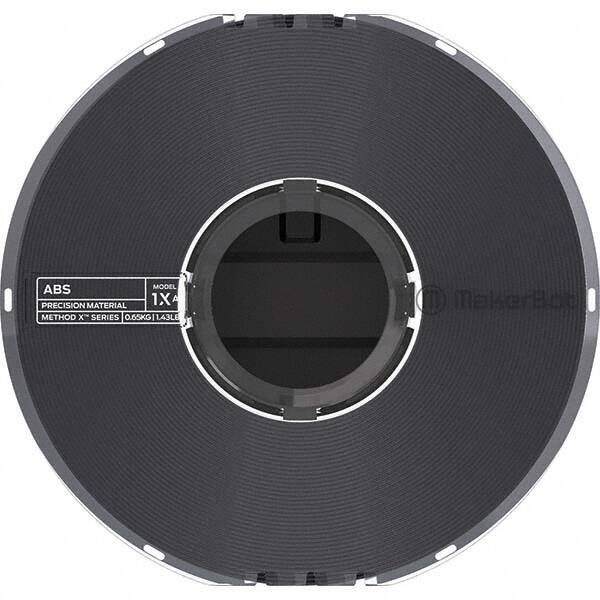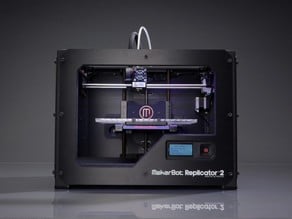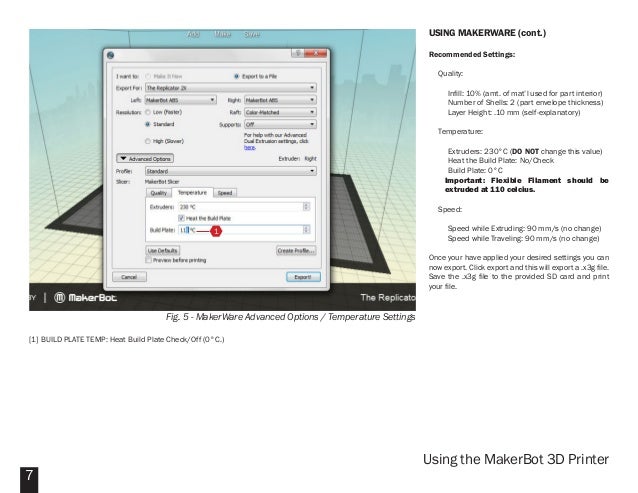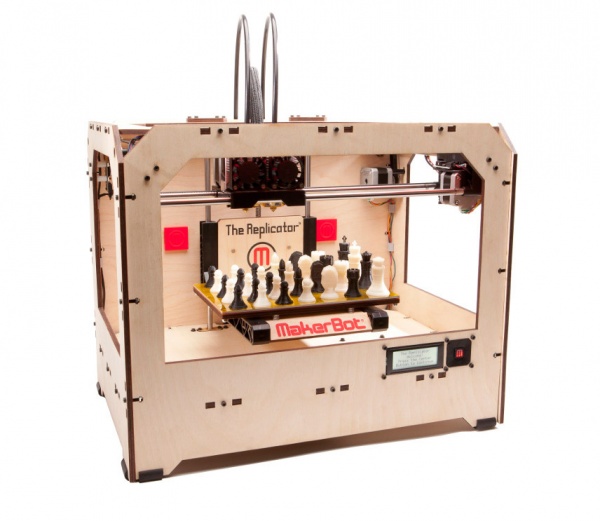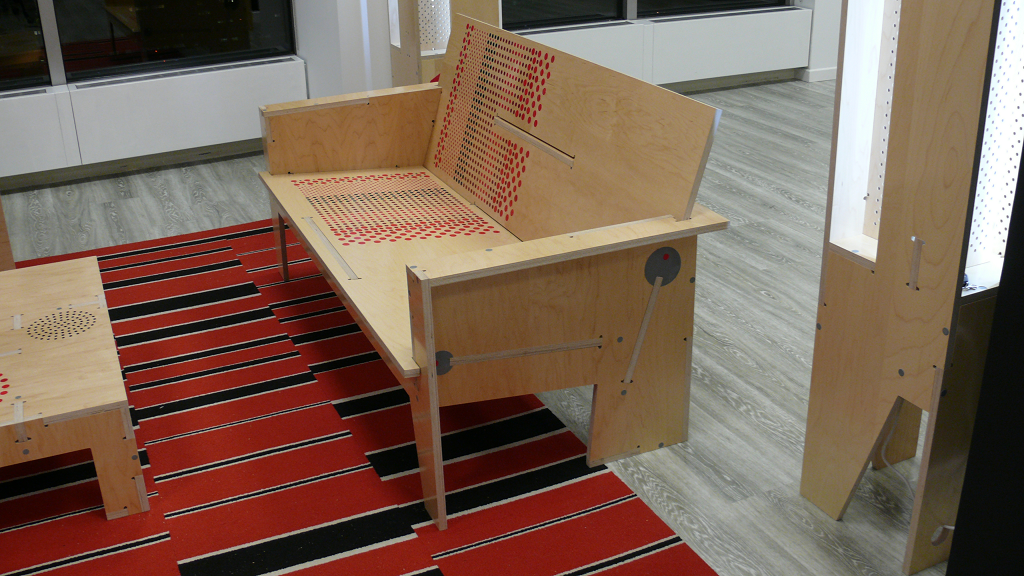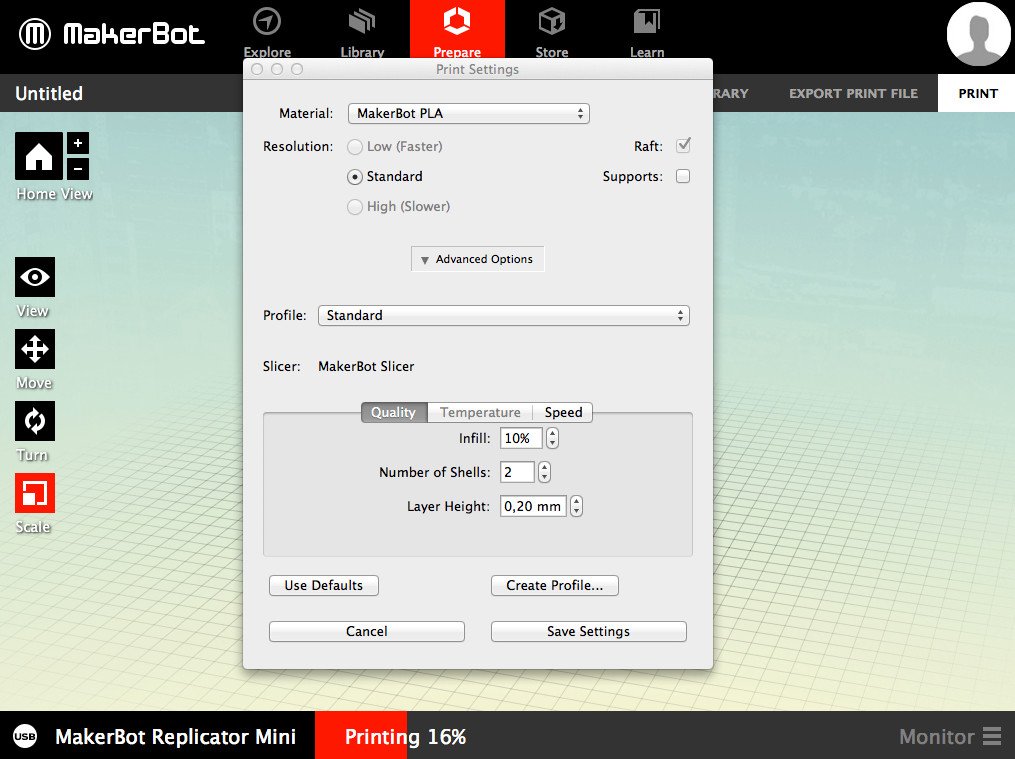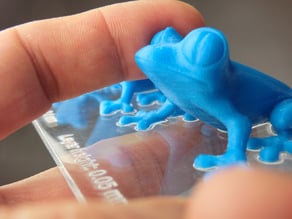Floor Thickness Makerbot
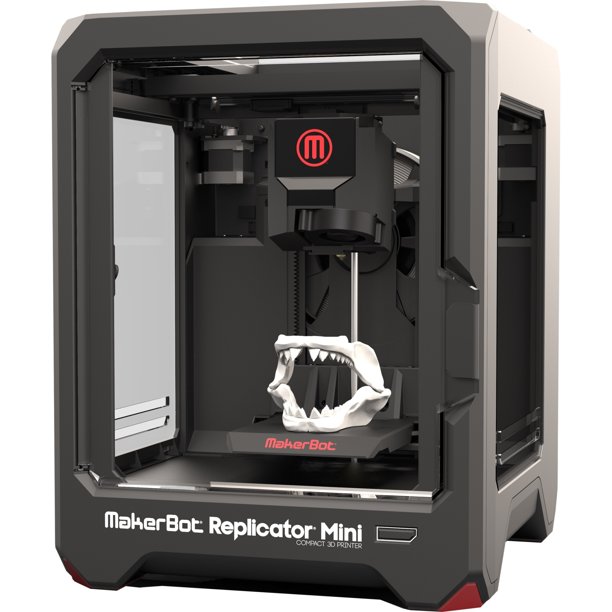
Supports bridging settings.
Floor thickness makerbot. Hi i currently own a ctc dual and i am using makerbot dekstop 3 8 1 with it. An object with a higher layer height will print faster. I was just wondering if there is a way to increase surface thickness instead of just roof floor thickness. Roofs and floors roofthickness.
When this setting is used roof thickness is independent of layer height and number of layers. As covid 19 continues to impact the world the need for 3d printing solutions to provide supplies to the medical community increases drastically. Below is a table of our recommended minimum thickness for each material as well as the absolute minimum thickness for those of you who like to live dangerously. Just for reference 0 2mm is about the thickness of two sheets of paper.
A 2 by 10 joist is really only 9 1 4 inches wide and a 2 by 12 is only 11 1 4 inches wide so depending upon. Sets the thickness of your object s solid roof in millimeters. The roof and floor settings affect the solid layers that form the top and bottom of each print. This group of settings includes.
If rooflayercount is enabled this setting will not be used. The most important difference between all three is the layer height or the thickness of each layer in your print. The floor joists comprise the bulk of the floor thickness. Roofthickness sets the thickness of your object s solid roof in millimeters.
Adjusts the thickness of the floor sections. The 4 mm nozzle on a makerbot 3d printer may not be able to print well at layer heights higher than 35 mm. There s a limit to how thin a part feature can be designed for 3d printing. When this setting is used roof thickness is independent of layer height and number of layers.
The actual width of those boards however isn t identical to what their name implies. Makerbot 3d printing initiative to combat covid 19. Floor thickness adjusts how thick the base layer bottom of first step will be and roof thickness will adjust the thickness of the surface of the 3rd. Standard floor joists are usually 2 by 10 or 2 by 12 dimensional boards installed on edge.
If there are visible gaps in the floor part of your model or you d like a stronger print increasing the floor thickness might help. A lower layer height will result in a smoother surface. Use layer height to set the thickness of your printed object s individual layers. The ceiling and floor thickness of high quality default prints is now the same as the wall thickness the default infill for high quality prints has been increased from 10 to 20 makerware 1 0 2.
Makerbot is here to support the medical community at this time to help combat the shortage of necessary supplies.








